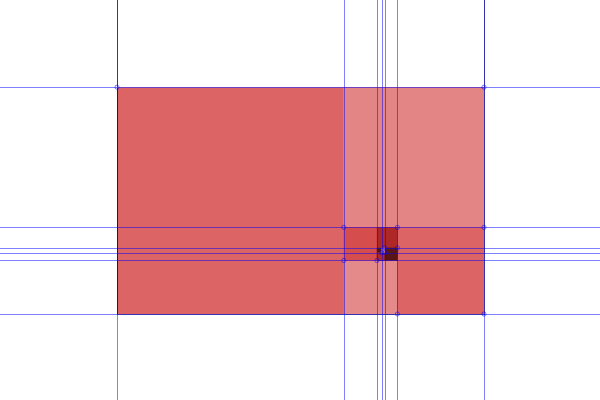Achieving Design Perfection: Unveiling the Golden Rule of Design
Jd Institute
- March 1, 2023
- 5 min read
- Career, Entrepreneur, Life
- Direction Vision & Goal Setting

Discover the Key to Designing Perfectly Balanced Creations
The Dynamic and Widely Interpreted World of Design
Everyone interprets design differently and that’s the beauty of it, it’s dynamic and widely interpreted. And this gives birth to the age old debate of what a good design is. As anyone would say a good design is aesthetically appealing to the eye and one which creates a beautiful experience through harmony and proportion.
While there never will be a precept approach to design, there is a tactile mathematical approach that can help us take a step closer to creating good design experiences:
The Origins and Significance of the Golden Ratio
Golden Ratio is in the cup you hold, the tree next to your house, the massing of an Ant hill, the Nautilus shell, the Monalisa, the pyramids at Giza and something as complex as your DNA and as unfathomable as the Milky way.
The world of Art has felt the influence of Golden Ratio for centuries. Also known as the ‘Golden section’ or ‘The divine proportion’, was first discovered by the greeks, from the beauty found in nature’s asymmetry.
Understanding the Mathematics Behind the Golden Ratio
The Golden Ratio is derived from the Fibonacci sequence- for those who don’t know, it is the sum of the two numbers before it. it goes:
0,1,1,2,3,5,8,13,21 and so on to infinity.
This divine proportion or ‘Phi’ in greek is a special number that equals 1.1618.
But how does this relate to design you’d say?
The Golden ratio is a Mathematical ratio. It is commonly found in nature and when used in design, fosters a natural sense of balance, order and hierarchy and makes compositions aesthetically You can find the golden ratio when you divide a line into 2 parts and the longer part (a) divided by the smaller part (b) , is equal to the sum of (a)+(b) ,divided by (a) , which equals 1.618 = Φ (Phi) .
The Debate: Is the Golden Ratio a Universal Law of Beauty?
Don’t get yourself too bogged up! having earned tremendous reputation and however grand and lord-worthy it might sound designers today believe that “It’s important as a tool, but not a rule” .
Meanwhile after the discovery of this rule, art historians started combing back through the great designs of history, trying to retroactively apply the golden ratio to Stonehenge, the charters cathedral and Seurat. The link between the golden ratio and beauty has been a fib of the world of art, architecture and design ever since.
The Limits of the Golden Ratio in Contemporary Design
On one hand where Adolf Zeising -a German psychologist argued that the golden ratio was a universal law that described – ‘beauty and completeness in the realms of both nature and art, which permeates, as a paramount spiritual ideal, all structures, forms and proportions, whether cosmic or individual, organic or inorganic, acoustic or optical’. On the other hand Delvin – a college professor and researcher says that ‘It doesn’t show that the Golden ratio is more aesthetically pleasing to people at all’. In a study that he conducted, he found out that on an average consumers prefer objects that are in the range of 1.414 and 1.732. The range contains the golden rule , but it’s exact dimensions are not the clear favourite. Many other designers vouch that it is not very useful as they can only imagine embedding the Golden Ratio into different systems as an additional spice , but can hardly imagine it driving the whole design , as it did historically, since it is way too simplistic for today .
If the Golden ratio’s aesthetic merit is so flimsy then why does the myth persist ?
Delvin believes: “We are victims to our natural desire to find meaning in the pattern of the universe, without the math skills to them that the patterns they think they see are illusory”
We’re creatures who are genetically programmed to see patterns and to seek meaning . It’s not in our DNA to be comfortable with arbitrary things like aesthetics , so we try to back them up with our often limited grasp of math .
The Golden ratio’s bona fides are a myth, an urban legend to tell people in future with an awe, but no substantial implementation .
Conclusion
The golden rule of design is a fundamental principle that every designer should keep in mind. This rule states that elements in a design should be arranged in a way that is pleasing to the eye and creates a sense of harmony. One way to achieve this is by using the rule of thirds, which involves dividing a design into thirds both horizontally and vertically, and placing the most important elements at the intersections of these lines. Another important aspect of the golden rule of design is to pay attention to the balance and symmetry of a design. By following these principles, designers can create visually appealing and effective designs that are sure to capture the attention of their intended audience.






